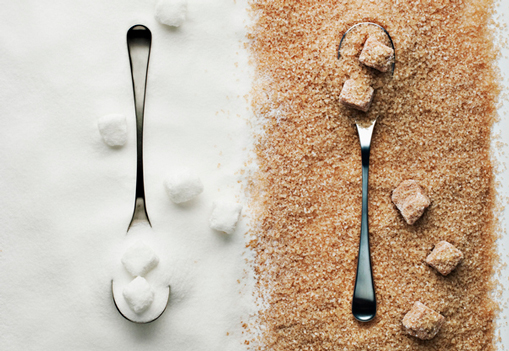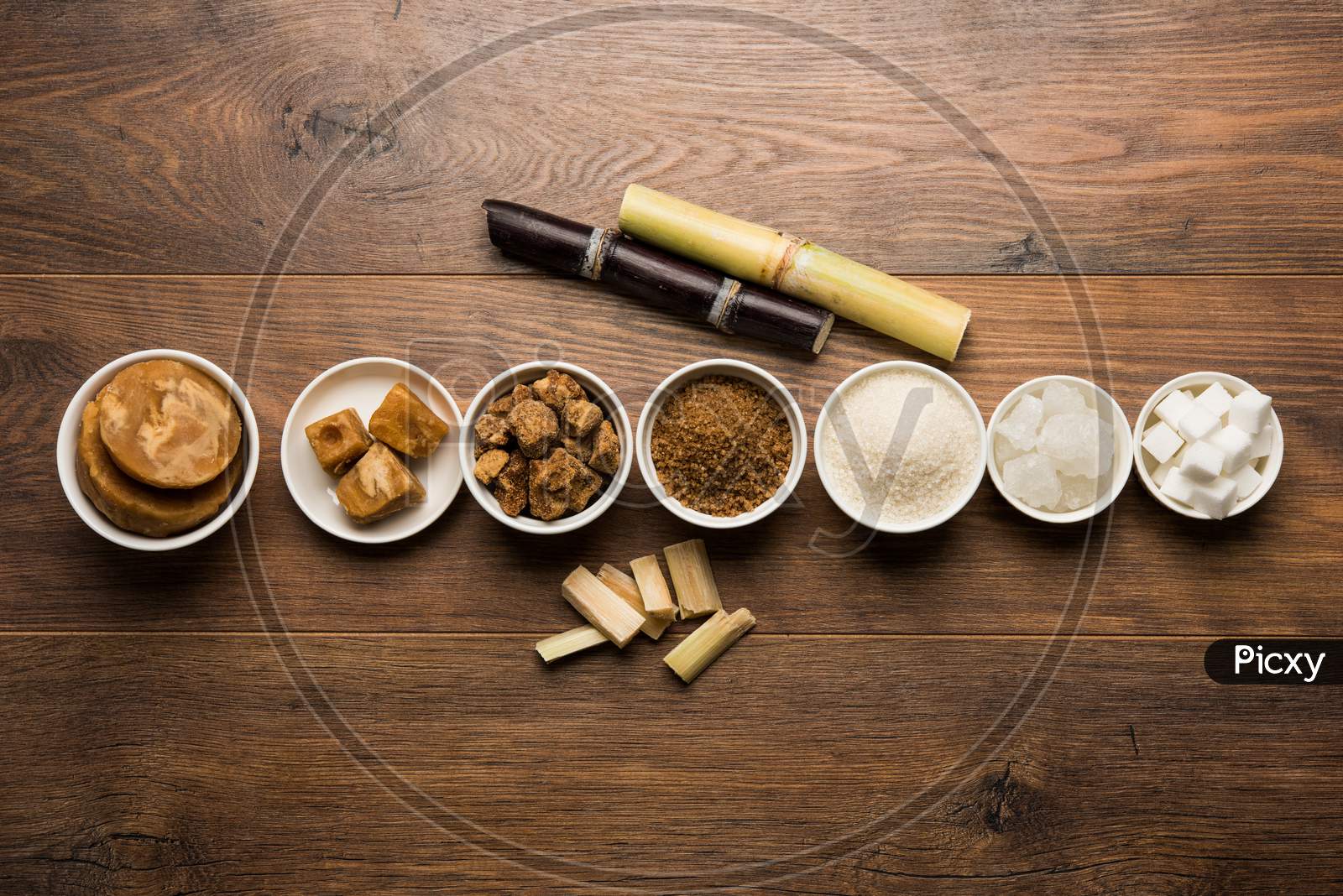Innovative sugar cane products That Are Transforming Global Agriculture
The Comprehensive Trip of Sugar Cane: Comprehending Supplies and Production Techniques
The journey of sugar walking cane is an intricate process that starts in tropical areas with ideal expanding conditions. Farming practices are designed to take full advantage of yield and sustainability. Harvesting approaches vary from traditional hand-operated strategies to modern-day mechanical methods. After harvest, sugar cane undertakes numerous handling phases to change it into granulated sugar. This exploration exposes not only the complexities of production yet likewise the more comprehensive ramifications for international markets and the setting. What lies yet preliminary transformation?

The History of Sugar Cane Growing
Although sugar walking cane farming go back countless years, its origins can be mapped to the exotic regions of Southeast Asia, where very early farmers initially recognized the plant's wonderful sap. This discovery brought about the cultivation of sugar walking stick as a staple plant, progressively infecting India and the Middle East. By the very first millennium AD, sugar walking stick was being grown in these areas, where methods for removing and improving sugar were developed.The plant obtained importance in Europe throughout the Crusades, as returning soldiers brought understanding of sugar production back home. By the 15th century, the establishment of sugar ranches started in the Caribbean, driven by the need for sugar in Europe. The transatlantic servant profession sustained this growth, as shackled labor was used to optimize production. Over centuries, sugar walking stick farming developed, influencing economic situations and societies worldwide, making it a considerable agricultural commodity.
Growing Conditions and Agricultural Practices
The successful cultivation of sugar walking cane relies greatly on details growing conditions and farming techniques. Perfect temperature levels range between 20 to 32 levels Celsius, with well-distributed rainfall of 1,500 to 2,500 millimeters each year. Dirt top quality is necessary; fertile or sandy dirts, abundant in raw material, promote healthy and balanced growth.Farmers typically use various farming practices to boost return. Plant turning and intercropping are common techniques to keep soil fertility and control pests. Routine watering might be essential in drier regions, ensuring that the plants get sufficient moisture. Fertilizing, specifically with nitrogen and potassium, is critical for robust growth.Pest and weed administration methods, consisting of integrated insect monitoring (IPM), aid to decrease losses. Sustainable practices, such as marginal tillage and chemical-free farming, are obtaining grip among producers to safeguard the setting. Jointly, these variables add significantly to the successful production of sugar walking stick.
Collecting Techniques and Timing
In sugar cane production, the option in between handbook and mechanical harvesting considerably affects performance and return. Timing is additionally important, as harvesting at the suitable minute warranties maximum sugar material and minimizes losses. Comprehending these factors is vital for successful sugar walking cane cultivation.
Handbook vs. Mechanical Harvesting
Harvesting sugar walking cane includes two primary approaches: guidebook and mechanical, each with unique advantages and difficulties. Hand-operated harvesting, traditionally executed by laborers making use of machetes, permits greater precision in cutting and lowers damages to the plant. It is commonly preferred in areas with irregular surface or where the crop is interspersed with various other plants, as workers can browse these complexities better. Nevertheless, it is labor-intensive and time-consuming. On the other hand, mechanical harvesting uses specialized machines to cut and accumulate the walking cane swiftly, enhancing performance and decreasing labor expenses. This technique is matched for massive procedures however can bring about greater plant damages and dirt compaction. Eventually, the selection between manual and mechanical harvesting depends upon different aspects, consisting of financial considerations and environmental conditions.
Ideal Gathering Timing
Picking the appropriate minute to gather sugar cane greatly influences both return and top quality. Suitable collecting generally occurs when the walking stick reaches full maturation, typically in between 12 to 18 months after growing. At this stage, sucrose levels optimal, making sure the best sugar removal prices. Weather conditions likewise play an essential function; gathering during completely dry periods can protect against damage to the walking stick and lessen dirt compaction. In addition, checking the plant's color and leaf decrease can show readiness, as a yellowing of the leaves recommends that the walking cane is ripe. Timely harvesting is necessary, as delays can result in reduced sugar web content and enhanced susceptibility to parasites and conditions, ultimately impacting general production effectiveness.
Handling Approaches: From Cane to Sugar
The processing of sugar walking stick entails essential extraction strategies that divide the juice from the fibrous plant material. Complying with removal, the refining process changes the raw juice right into crystallized sugar, guaranteeing purity and top quality. Comprehending these methods is vital for comprehending the trip of sugar from cane to end product.
Removal Strategies Review
Removal techniques play a significant function in transforming sugar walking stick into usable sugar. The walking stick is collected and transferred to refining facilities where it undergoes extensive washing to remove contaminations - sugar cane products. The following action involves squashing the walking stick using hefty rollers, which releases the juice consisting of sucrose. This juice is then clarified via the enhancement of lime and heat, permitting pollutants to resolve out. After clarification, the juice is vaporized under controlled temperatures to focus the sugar content. Ultimately, crystallization i was reading this happens, where sugar crystals are formed as the focused juice cools down. These strategies ensure the reliable removal of sugar while preserving the high quality required for more handling. Recognizing these methods is crucial for understanding the overall production of sugar from sugar walking stick
Refining Process Explained
Refining sugar from the extracted juice is an essential step that boosts its pureness and top quality. This process entails numerous phases, beginning with information. The juice is heated up and treated with lime and other agents to eliminate contaminations, leading to a clearer fluid. Next off, the clarified juice goes through dissipation, where water is removed to focus the sugar web content. The concentrated syrup is then crystallized by cooling down, allowing sugar crystals to create. These crystals are divided from the continuing to be syrup, referred to as molasses, through centrifugation. Lastly, the raw sugar is more refined through washing, filtering, and drying out, which removes any staying pollutants. Completion product is the check my source granulated sugar generally used in houses and markets worldwide, making sure uniformity and sweet taste.
Sustainable Practices in Sugar Cane Production
Sugar walking cane production has actually generally depended on extensive farming approaches, there is a growing focus on lasting practices that promote environmental health and financial practicality. Farmers are significantly embracing strategies such as crop turning, which improves dirt fertility and lowers pest problems. Integrated bug monitoring (IPM) is likewise getting grip, permitting natural predators to manage pest populaces, consequently lessening chemical pesticide use.In enhancement, advancements in irrigation techniques, such as drip watering, are being made use of to preserve water resources. Lasting land administration methods, including reduced husbandry, aid avoid soil erosion and preserve biodiversity. Moreover, lots of manufacturers are exploring organic farming methods, which shun synthetic fertilizers and chemicals completely, cultivating a much healthier ecological community.
The Global Sugar Market and Economic Influence
Lasting methods in sugar walking cane production not just profit the setting however likewise affect the dynamics of the international sugar market. As consumer need shifts in the direction of ethically created items, countries taking on lasting approaches acquire competitive advantages. This fad motivates major sugar merchants, such as Brazil and India, to incorporate environmentally friendly methods, thereby impacting worldwide prices and supply chains.Moreover, fluctuations in production because of climate change and environmental regulations can create volatility in sugar costs, impacting economic situations reliant on sugar exports. Regions that invest in sustainable farming may experience enhanced return stability, leading to far better market positioning.Economic influences prolong past specific countries, as international profession agreements and tariffs shape the affordable landscape. Ultimately, the interaction in between lasting techniques and market characteristics emphasizes the relevance of adaptive techniques in go now a rapidly changing economic setting, influencing both manufacturers and customers in the worldwide sugar market.
Advancements in Sugar Cane Usage and Results

As the demand for sustainable resources expands, advancements in sugar walking cane utilization and by-products are changing the farming landscape. Scientists and business owners are checking out novel applications that expand past standard sugar production. One considerable advancement is the conversion of bagasse, the coarse residue left after juice extraction, right into bioenergy and bioplastics (sugar cane products). This not only lowers waste yet additionally offers sustainable energy options for handling facilities.In enhancement, innovations in fermentation technology have actually resulted in the production of biofuels, such as ethanol, from sugar walking stick, which adds to cleaner power solutions. Moreover, the removal of molasses has opened up opportunities for creating value-added items like pet feed and specialty spirits.These advancements not just enhance the economic stability of sugar walking cane growing but likewise advertise ecological sustainability, making sugar walking cane a critical plant in the change towards a circular economic situation. The continuous exploration of its potential remains to generate encouraging outcomes
Often Asked Concerns
What Are the Wellness Effects of Consuming Sugar Cane Products?
The health effects of consuming sugar walking stick items can differ. While they provide power and necessary nutrients, extreme consumption may cause weight gain, enhanced blood sugar level levels, and a higher risk of oral problems. Moderation is essential.
Exactly How Does Environment Adjustment Impact Sugar Cane Production?
Climate change considerably influences sugar cane production by changing rainfall patterns and boosting temperature levels. These changes can lead to decreased returns, increased pest stress, and challenges in keeping soil health and wellness, ultimately affecting both quality and quantity of harvests.
What Is the Function of Sugar Cane in Biofuel Production?
The role of sugar cane in biofuel production is substantial; it functions as a renewable energy resource, converting sugars right into ethanol. This procedure reduces reliance on fossil gas and assists reduce greenhouse gas emissions, promoting ecological sustainability.

Are There Any Type Of Alternate Sugar Stemmed From Sugar Cane?
Alternative sugar derived from sugar walking cane consist of molasses and walking stick sugar itself. These items offer sweetening alternatives while retaining some dietary advantages, making them popular selections for consumers seeking natural choices to fabricated sweeteners.
Exactly How Does Sugar Cane Farming Affect Resident Communities?
Sugar walking stick farming considerably influences local neighborhoods by supplying job opportunity, increasing regional economic situations, and influencing social frameworks. It can also lead to ecological issues and health and wellness problems, necessitating a well balanced strategy to lasting techniques - sugar cane products.